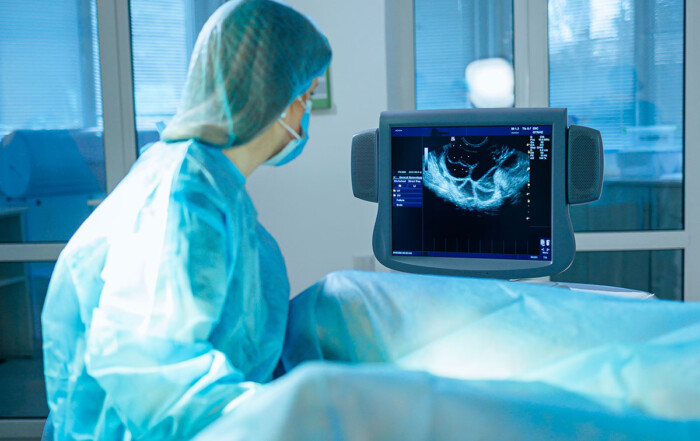A Journey through Egg Donation
In the realm of assisted reproduction, egg donation stands as a beacon of hope for many aspiring parents. It’s a process that intertwines science with compassion, allowing individuals or couples struggling with infertility to fulfill their dreams of parenthood. But what exactly does the journey of egg donation entail? Let’s embark on a profound exploration of this remarkable process.
Step 1: The Decision
For those considering egg donation, the journey often begins with a deeply personal decision. Whether driven by medical necessity or a desire to help others, prospective donors embark on a path marked by empathy and altruism. This initial step involves thorough research, soul-searching, and often consultation with medical professionals and loved ones.
Step 2: Screening and Evaluation
Once the decision is made, prospective donors undergo rigorous screening and evaluation processes. These assessments encompass physical examinations, medical history reviews, genetic testing, and psychological evaluations. The objective is to ensure both the donor’s suitability for the procedure and the health and well-being of the potential offspring.
Step 3: Synchronization
In preparation for the egg retrieval process, the donor’s menstrual cycle is synchronized with that of the intended recipient or surrogate through hormonal medications. This synchronization ensures optimal timing for the subsequent steps of the process.
Step 4: Ovarian Stimulation
Ovarian stimulation involves the administration of hormonal medications to stimulate the donor’s ovaries to produce multiple eggs. Monitoring through blood tests and ultrasounds helps healthcare providers adjust medication dosages to optimize egg production while minimizing risks.
Step 5: Egg Retrieval
The culmination of the process, egg retrieval, is typically performed under sedation or anesthesia to ensure the donor’s comfort. Using transvaginal ultrasound guidance, a thin needle is inserted into the ovaries to collect the mature eggs. This minimally invasive procedure typically takes about 20-30 minutes.
Step 6: Fertilization
Following retrieval, the collected eggs are fertilized with sperm from the intended recipient’s partner or a donor in a laboratory setting. Various fertilization techniques, such as conventional IVF or intracytoplasmic sperm injection (ICSI), may be employed depending on individual circumstances.
Step 7: Embryo Transfer
Once fertilization occurs and embryos develop, one or more embryos are transferred into the uterus of the intended recipient or surrogate. This procedure, akin to a standard embryo transfer in in vitro fertilization (IVF), aims to facilitate implantation and subsequent pregnancy.
Step 8: Post-Procedure Care and Support
After the embryo transfer, both the donor and the intended recipient or surrogate require ongoing care, monitoring, and support. This includes follow-up appointments, medical guidance, and emotional support to navigate the complexities of the fertility journey.
Conclusion: A Gift of LOVE
The egg donation process is a profound testament to the intersection of science, compassion, and human generosity. It embodies the resilience of the human spirit and the boundless capacity for individuals to support one another in their quest for parenthood. Through this journey, donors, recipients, and surrogates alike nurture hope and create the precious gift of life, shaping families and futures with each step taken.




